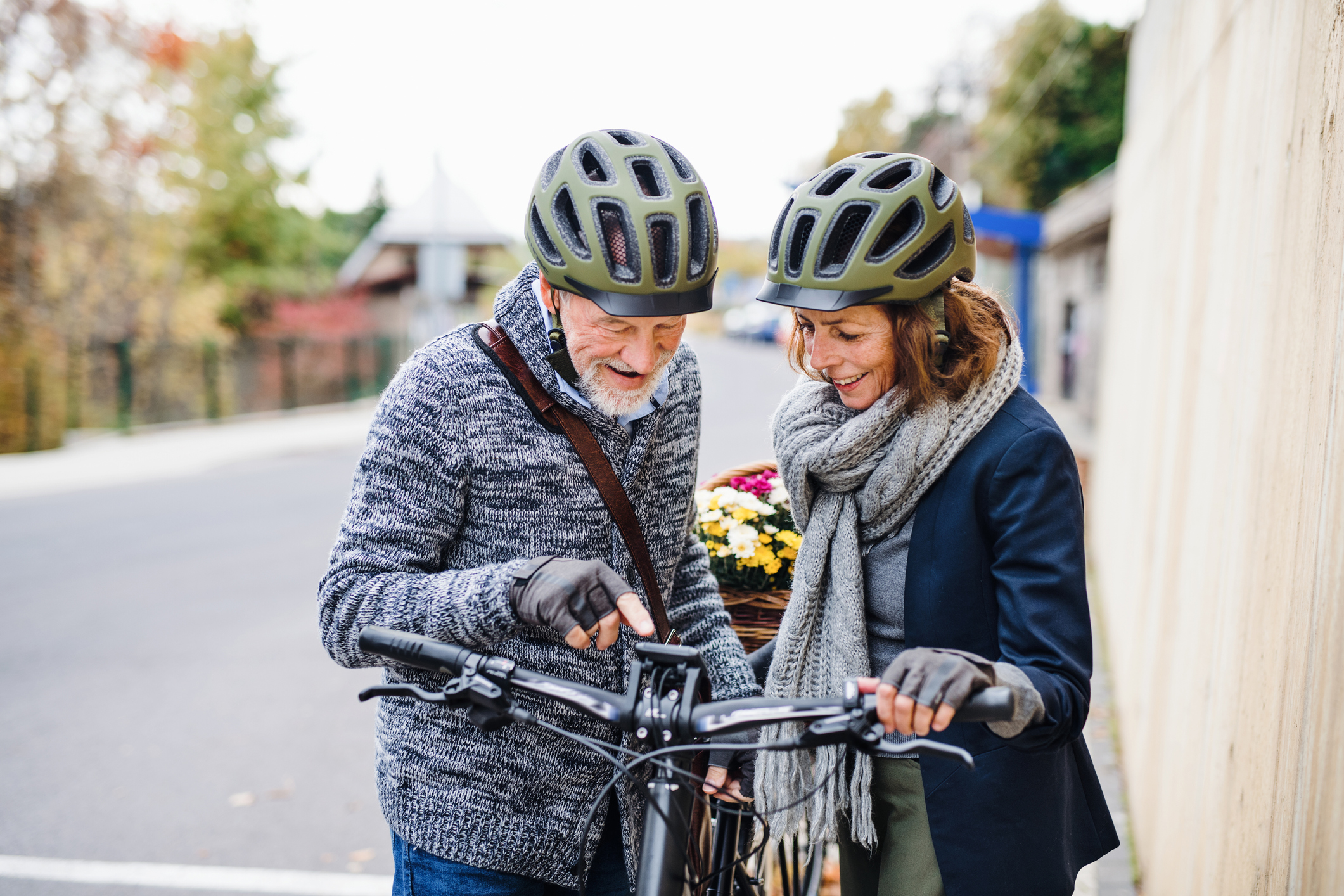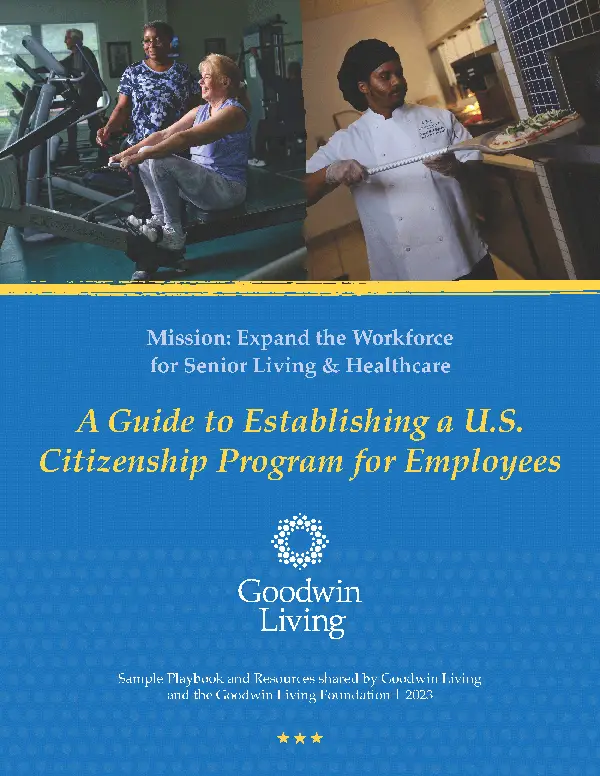
Live Vibrantly - January 15, 2020
By: Kristine Jepsen
Have you ever thought, “I would ride my bike, but …” and then given up instead? Weather, distance and other perceived difficulties often seem like good excuses. It’s true that biking isn’t as breezy as it was when we rode bikes with banana seats and handlebar streamers. But electric-assist bicycles, known as e-bikes, are putting two-wheeled transit back in the repertoire of many older adults. Best of all, e-biking is a catalyst toward the enhanced health, mobility and social engagement that are important later in life.
Though electric-assist bicycles have been patented since the 1890s, their design and battery performance took roughly a century to perfect. Today, e-bikes fall into two categories: pedal-assist bikes (or pedelecs) and throttle-controlled bikes.
Pedelecs require the rider to pedal, engaging a motor that provides a boost of power to make hill-climbing, distance-covering and carrying heavy cargo much more manageable. Throttle-controlled bikes act and often look more like mopeds. Their handlebar-mounted throttle will propel the bike for you. There’s no pedaling required, though you certainly may, if it suits you.
By design, the maximum speed of both types is capped at 20 mph in the United States, though pedelecs can go faster, if the additional push comes from the human rider. Neither style of bike requires licensure for use on trails or roadways. They’re also far safer to operate than cars or motorcycles, though a good-fitting helmet is highly recommended.
As e-bike sales in the U.S. continue to climb ($100M+ in 2018), researchers are documenting their benefits. For starters, 91 percent of e-bike owners ride daily or weekly, according to a survey from the National Institute for Transportation and Communities[NO1] . More than 94 percent of people who were previously non-cyclists reported riding daily or weekly once they acquired an e-assisted bike.
So, what does all that use do for a body? A study by the University of Colorado tracked self-identified “non-exercising” adults to find out. Twenty participants were given e-bikes and modest recommendations for substituting three 40-minute rides per week for their usual sedentary car commute to work. In one month, these newly recruited bike riders showed greater cardiovascular health, aerobic capacity and blood sugar control. They also reported that riding their e-bike was fun!
This could be the trend that cures traffic jams and related environmental problems. Energy-wise, electric-assist bikes cruise well ahead of even the most efficient electric cars, consuming just 0.1% of the energy. Enthusiasts predict that e-bike commuting could substantially reduce traffic and emissions in city centers.
Consumer models of e-bikes in the U.S. can be expensive (starting around $1,000). But these electric-assist versions of traditional two-wheelers are still in the early stages. As technology evolves and more people climb aboard, prices may begin to drop.
To get started now, interested bikers might test different models at a local bike shop, or by renting from a bike-sharing service like Lime or Jump (owned by ride-share giant Uber). Bike-shares allow users to locate and digitally unlock an e-bike from hundreds of bike racks (or stations) for $1 or $2, then ride for just a few dollars more. When you’re done, you simply return and digitally lock the bike at the nearest bike station.
Whether you’re interested in getting back in the saddle for greater mobility, exercise or to feel like a kid again, electric-assist bikes provide a liberating opportunity. Who knows? You might find yourself spinning much farther than around the block.
_________
Kristine Jepsen is a writer and editor for literary journals online and in print, as well as a professional business counselor, Pilates and Oula! dance instructor, grant-writer, and brand content developer. Her work with Goodwin Living centers on health and wellness along the aging continuum, covering topics as diverse as dating apps and financial scams. She lives on a farm in the Midwest with her horse-loving tween daughter and many four-legged friends, large and small.
